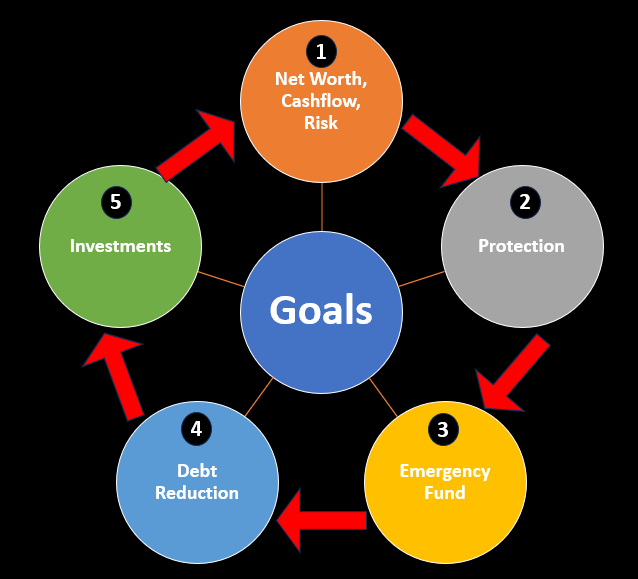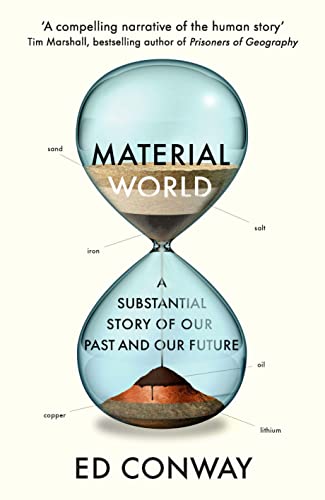Hey there, My Money Box Community! 👋
“It’s difficult to make predictions, especially about the future,” said that great baseball-playing philosopher, Yogi Berra. And yet we continue to try, churning out forecasts on everything from the commodity prices, price of oil to geopolitical shifts and even to the next world war.
In the areas of financial markets and planning, the track record of those making forecasts is not good.
For example – In the US, the investment firm Callan publishes every year an illustration of what it calls “The Callan Periodic table of Investments Returns”. Callan’s objective is to highlight the unpredictability of returns across various asset classes. In ranking investments from best to worst each year, Callan’s chart clearly shows the yearly swings of the asset class returns – performance is rarely consistent. It is usual to see asset classes that have delivered the best performance one year fall to last place the following year – there is no consistent pattern to investment performance, and often—just when it looks like there is a pattern developing — it reverses.

Similarly, in India – Mint Newspaper has been publishing the “Quilt ranking” at the end of every year for the last decade and results are (not surprisingly) like the results from Callan.

Yogi Berra was right. It is hard to predict the future, but that does not stop people from trying. 😀
So, what is the solution to this “feature” of the financial market – where they have a personality of their own and unpredictable, volatile, and influenced by millions of factors from global events to market sentiment. 🌍💹
While we cannot predict the future with certainty, we can prepare for it. That is where the art of financial planning comes into play. It is about creating a strategy that is robust enough to handle the market’s mood swings and flexible enough to adapt to life’s curveballs. The bedrock of this strategy is Diversification.
Remember, Diversification is not just a fancy investment term; it is the financial safety net. And an emergency fund is not a luxury; it is a necessity. When it comes to investing, thinking long-term. The market may dance to its own tune in the short run, but it is your steady written strategy that leads the way eventually.
So, what is your approach to planning for the unpredictable? Drop your thoughts, strategies, or questions below. Let us navigate this unpredictable journey together. 🚀
References:
- The Callan Periodic Table of Investment Returns: Year-End 2023
- Mint Asset Allocation Quilt: Year-End 2023






